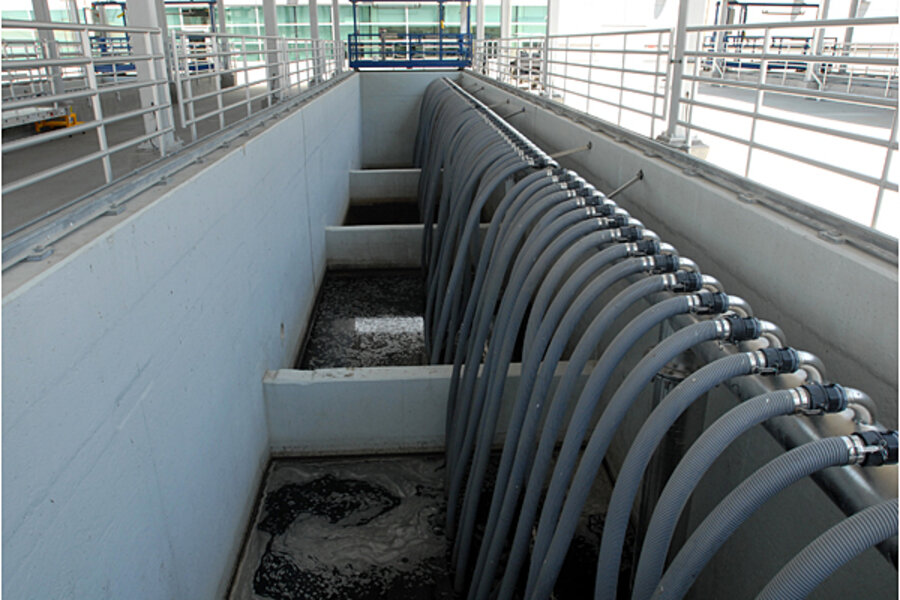Water delivery system makes up 12.6 percent of US energy consumption: report
Loading...
A team of researchers from the University of Texas at Austin has released a detailed report on energy use in water delivery to citizens of the United States, finding that no less than 12.6 percent of the nation’s total annual energy consumption is devoted to the task.
Published in September’s issue of Environmental Research Letters, a peer-reviewed scientific journal of the highest standing, the report details the investigation conducted by the team as they traced water from its source to the taps of average American households and back again. The study focused on each aspect of water delivery, including pumping from natural sources, building and maintaining reservoirs, treating the water for safety and then pumping it to individual residences and businesses, including those in the industrial sector. (See more: Water Usage in an Oil Refinery)
At its end, the study found that water treatment and delivery is one of the most expensive public endeavors in the United States, requiring an amount of annual energy equivalent to the annual consumption of 40 million Americans. The sheer expense of maintaining and delivering fresh water serves to underscore just how precious that commodity is, potentially leading government policy towards saving water in the name of simultaneously saving energy.
“Energy and water security are achievable, and with careful planning, we can greatly reduce the amount of water used to produce energy, and the amount of energy used to provide and use water,” said Michael E. Webber, associate professor of mechanical engineering at the University of Texas at Austin and the director of this research project. “In particular, our report shows that because there is so much energy embedded in water, saving water might be a cost-effective way to save energy.” (See more: World Energy Consumption Facts, Figures, and Shockers)
The data used in the study was obtained from the U.S. Energy Information Agency, the U.S. Department of Energy and several private sources.
Source: Water Delivery Accounts for 12.6 Percent of U.S. Energy Consumption: Report







